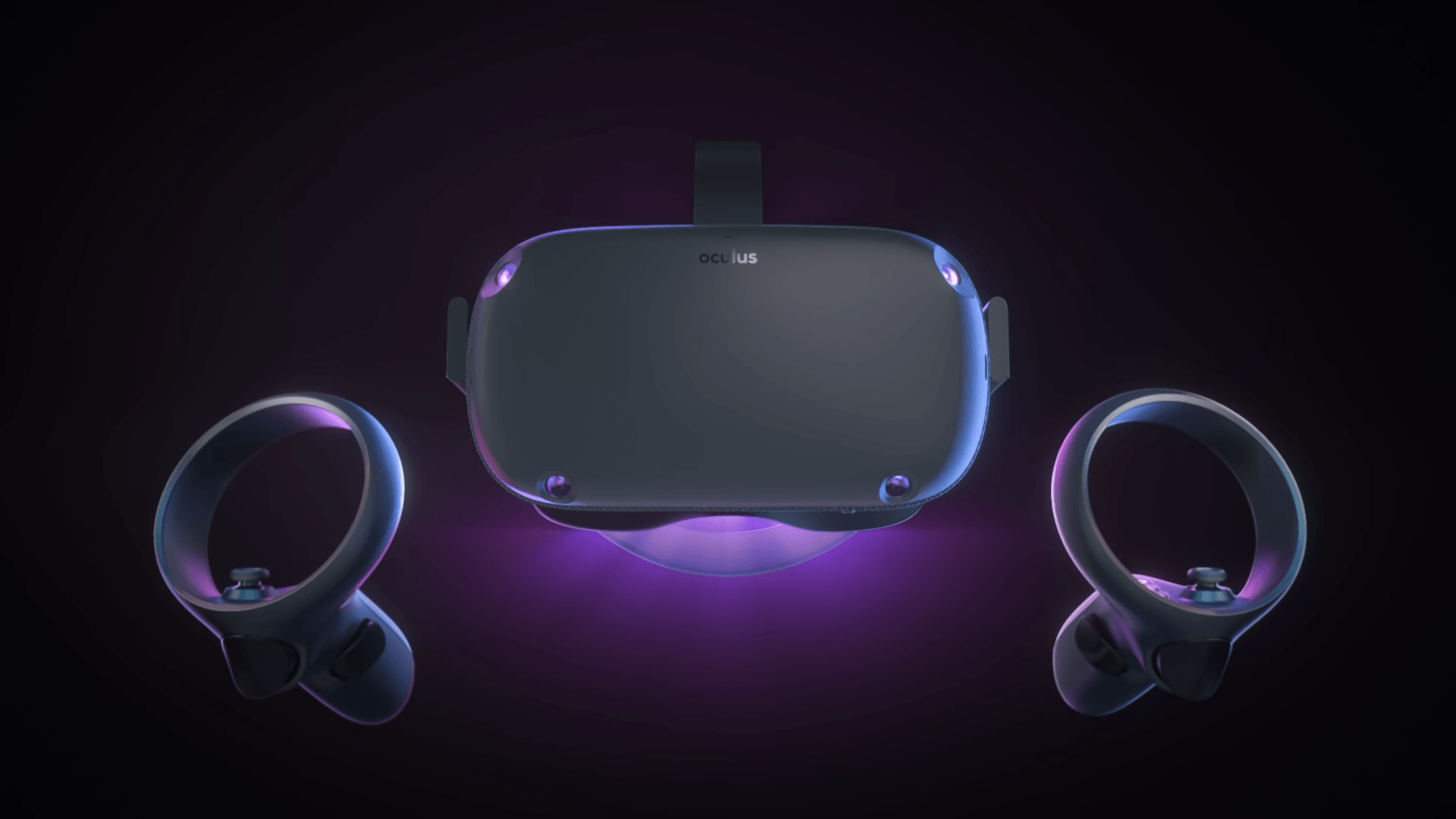Virtual reality (VR) gaming has long held the promise of transporting us to fantastical worlds and offering unparalleled immersion. Yet, until recently, high costs, complex setups, and limited content kept VR a niche experience. However, with the arrival of standalone headsets like Oculus Quest, VR is on the cusp of entering the mainstream, opening up a world of possibilities for gamers and non-gamers alike.
Why Standalone Headsets?
Traditionally, VR gaming required expensive equipment like powerful PCs and tethered headsets, creating a significant barrier to entry. Standalone headsets like Quest cut the cord, removing the need for external hardware and offering a truly plug-and-play experience. This simplicity attracts new audiences unfamiliar with VR’s complexities, making it accessible for gamers and technology enthusiasts alike.
Quest’s Winning Formula:
Quest’s success can be attributed to several factors:
- Affordability: Priced competitively compared to PC-powered VR solutions, Quest makes VR accessible to a wider budget.
- Wireless Freedom: Ditching the cables means more freedom to move and explore VR worlds without physical constraints, enhancing immersion.
- Ease of Use: No complicated setup or calibration – just put on the headset and you’re good to go. This low barrier to entry is crucial for attracting new users.
- Growing Content Library: From action-packed adventures and rhythm games to relaxing experiences and social apps, Quest’s library offers something for everyone.
- Focus on Fun and Accessibility: Quest prioritizes intuitive controls, user-friendly interfaces, and engaging experiences, making VR less intimidating and more enjoyable for casual users.
Beyond Gaming:
The potential of standalone VR expands beyond just gaming. Imagine:
- Virtual Workspaces: Immerse yourself in a productive virtual office, increasing focus and reducing distractions.
- Virtual Education: Explore historical events, travel the world, and conduct experiments in a way traditional learning methods cannot match.
- Fitness and Health: Engaging VR workouts and fitness games make exercise more immersive and enjoyable.
- Social Connection: Interact with friends and family in virtual spaces, regardless of physical location.

Challenges and the Road Ahead:
While standalone VR shows immense promise, certain challenges remain:
- Limited Processing Power: Standalone headsets are not as powerful as PCs, impacting graphics and performance in some games.
- Battery Life: The need for wireless freedom comes at the cost of shorter battery life.
- Content Development: Building high-quality VR experiences for less powerful hardware requires creative solutions and dedicated developers.
However, these challenges are constantly being addressed. Advancements in hardware, optimization techniques, and a growing VR development community are pushing the boundaries of what’s possible in standalone VR.
The Future is Immersive:
With standalone headsets leading the charge, VR is poised for mainstream adoption. Its accessibility, affordability, and growing content library are breaking down barriers and opening up a world of possibilities. From gaming and entertainment to education and social interaction, VR is no longer just a futuristic fantasy; it’s becoming a reality within reach of everyone.
So, buckle up, gamers and curious minds alike. The future is immersive, and standalone VR is the key that unlocks a world of wonder and boundless possibilities.“
















Add Comment